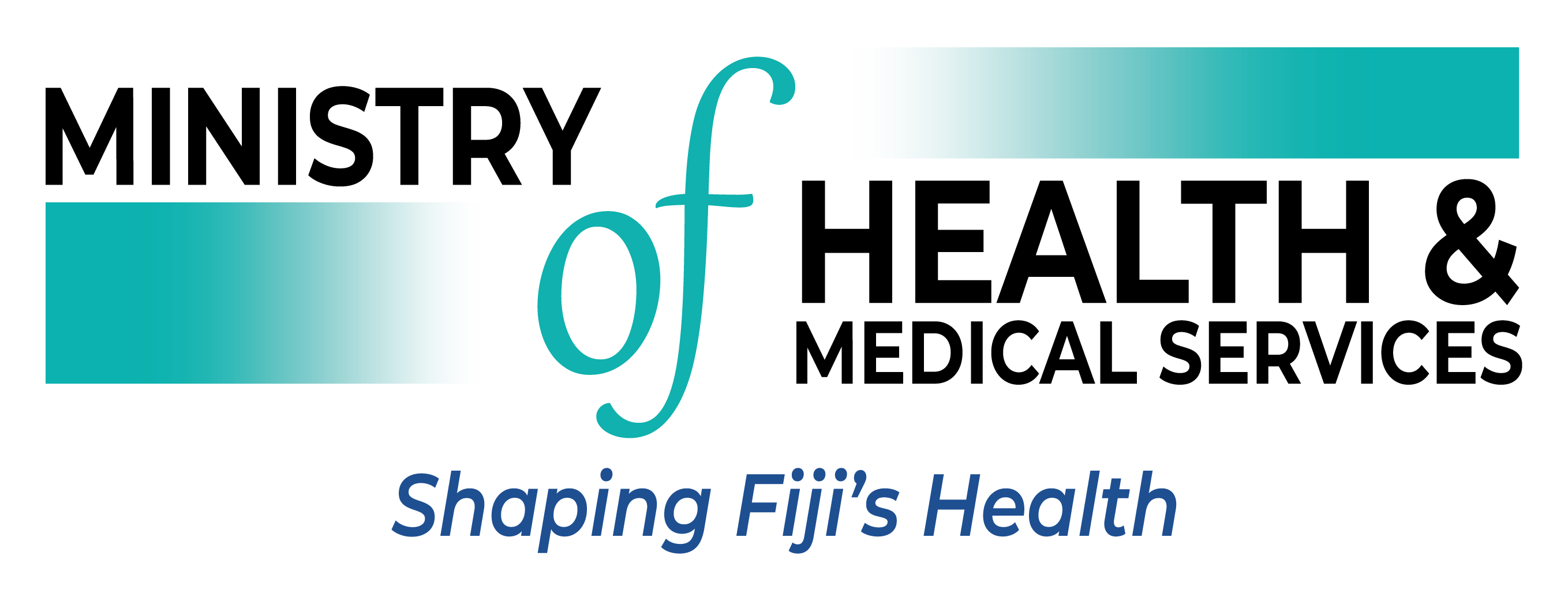What is it?
Typhoid fever is a bacterial disease, caused by Salmonella Typhi that lives in humans.
Typhoid Fever can be prevented and can be treated with antibiotics. However, if you do not seek treatment, it can be deadly.
Typhoid Fever in Fiji
Anyone can get Typhoid Fever.
In Fiji, Typhoid fever is a common disease due to poor sanitation in some areas, people not washing their hands properly and especially during and after the wet season where flooding can spread the contaminated water to food crops and water sources.
How is it Spread?
Typhoid is carried and transmitted by humans. Both ill persons and carriers of the bacteria shed Salmonella Typhi in their faeces (stool/waste/poo).
You can get typhoid fever if you eat food or drink beverages that have been handled by a person who is shedding Salmonella Typhi or if sewage contaminated with Salmonella Typhi bacteria gets into the water you use for drinking or washing food.
About 3%-5% of people become carriers of the bacteria after the acute illness. Others suffer a very mild illness that goes unrecognized. These people may become long-term carriers of the bacteria — even though they have no symptoms — and be the source of new outbreaks of typhoid fever for many years.
Dirty hands, unwashed food and flies spread typhoid.
What are the Symptoms?
Once Salmonella Typhi bacteria are eaten or drunk, they multiply and spread into the bloodstream. The body reacts with fever and other signs and symptoms including;
- Constant fever (up to 40°C)
- Weakness
- General discomfort (malaise)
- Stomach pain
- Diarrhoea
- Headache
- Loss of appetite
- Persistent cough
- Some patients develop a rash of flat, rose-coloured spots
If you have some of these symptoms, seek medical attention immediately.
It is important to remember that Typhoid can be carried without showing any symptoms, so it is important to take the right steps (below) to prevent Typhoid.
How do I reduce my risk of catching Typhoid?
here are some simple steps you can take to avoid this disease;
“Boil it, cook it, peel it, or forget it”
CLEAN WATER
- Boil your drinking water for at least one minute to make sure it is free from bacteria. Or drink bottled water
- Avoid ice or kool pops that might be made with contaminated water
CLEAN HANDS
Always wash your hands well and with soap and clean water after using the toilet and before touching food.
CLEAN FOOD
- Peel your fruits and vegetables and avoid those that can’t be peeled or are hard to wash e.g. Leafy greens such as lettuce
- Ensure your food has been well cooked
- Cover your food to protect from flies
- Wash dishes properly, with soap
How is it treated?
The only way to test for Typhoid is to take samples of stool or a blood test to check for Salmonella Typhi.
Typhoid is treated with antibiotics. If you seek medical attention quickly, you can recover within 2-3 days.
If you do not get treatment quickly, the fever can last for weeks, even months and this is when complications arise that can cause death.The incubation period is usually 1-2 weeks, and the duration of the illness is usually about 3-4 weeks.
Chest congestion develops in many people, and abdominal pain and discomfort are common. The fever becomes constant. Improvement occurs in the third and fourth week in those without complications. About 10% of people have recurrent symptoms after feeling better for one to two weeks. Relapses are actually more common in individuals treated with antibiotics.
Last Updated on 7 months by Publishing Team
